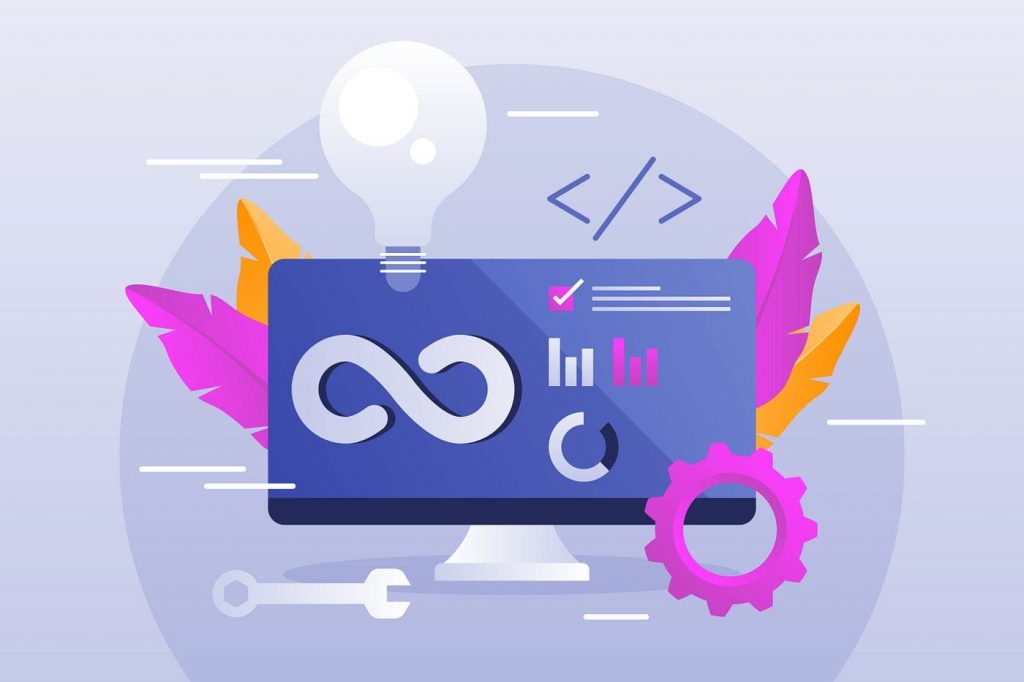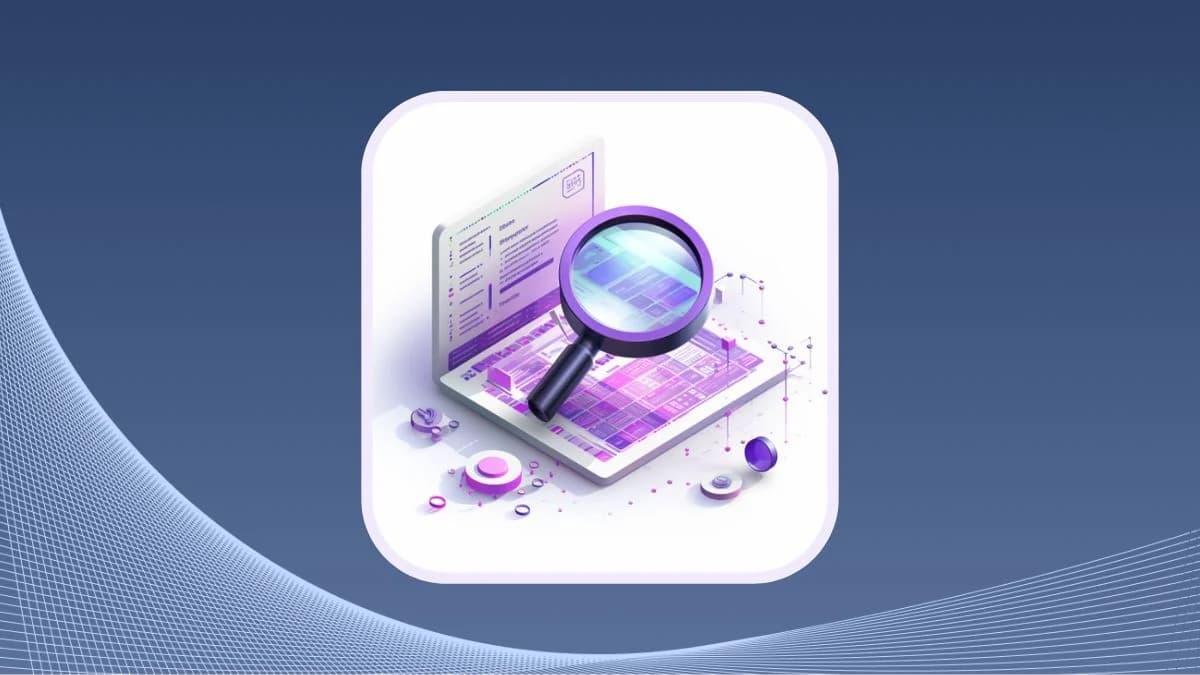Immaculate code is not merely a fashionable preference or transient trend, but rather an essential cornerstone of successful software engineering. It embodies a philosophy that underpins the creation of resilient, scalable, and easily extendable systems. When code maintains its purity, it evolves into something intelligible, testable, and sustainable, irrespective of the project’s scale. This treatise will explore the compelling reasons for prioritizing code clarity, delve into the principles and methodologies that prevent the descent into disorder within the codebase, and outline strategies for preserving its pristine state throughout every phase of development—from initial drafting to ongoing refactoring.
What is clean code?
Clean code is characterized by its readability, comprehensibility, and ease of maintenance. It transcends mere compliance with coding conventions, embracing the principles of clarity, simplicity, and elegant problem-solving. Such code establishes a robust foundation that streamlines the process of integrating new features, resolving defects, and ensuring long-term program sustainability, all while minimizing time and effort.
Signs of clean code:
- Easy to understand: Every developer looks at the code and understands what is happening in it and why. This means that the code is intuitively clear and its behavior is not questionable, even if it is read by someone unfamiliar with the project.
- Minimize repetition: Avoiding code duplication, which makes changes and fixes easier. When the same logic is repeated in different places, it increases the likelihood of errors when making changes and also makes the code difficult to maintain.
- Clarity and relevance: Use descriptive names for variables, functions, and classes. Well-chosen names should capture the core purpose of the object or action, enabling developers to easily understand the code without the need for excessive comments.
- Modularity and testability: Code is easy to test and can be divided into logical blocks. Each component or function has its own clear task, which allows writing unit tests and refactoring without breaking the overall logic of the program.
Why is clean code important?
- As a project expands, disorganized code becomes increasingly difficult to maintain. Clean code, on the other hand, streamlines the process of adding new features and resolving issues, conserving time and resources while enabling developers to focus on product development.
- Readable and understandable code speeds up the implementation of improvements, enhancing both development and testing efficiency. It minimizes delays caused by dealing with confusing code and builds greater confidence in the development process.
- Clean code reduces errors by making testing and debugging simpler. Its straightforwardness and clarity allow issues to be identified and fixed more quickly.
- Better teamwork Clean code facilitates teamwork, reducing conflicts and errors when integrating changes. When code is clear, there is less need for clarification, which speeds up the workflow and improves the team atmosphere.
How do you keep your code base clean?
Follow the SOLID principles
The SOLID principles consist of five fundamental object-oriented design guidelines that assist in creating more organized, modular, and maintainable code. Each principle is designed to enhance flexibility while streamlining both development and testing.
- S - Single Responsibility Principle
- O - Open/Closed Principle
- L - Liskov Substitution Principle
- I - Interface Segregation Principle
- D - Dependency Inversion Principle
Observe coding style
Consistency in code enhances a project's clarity and maintainability, particularly when multiple developers are involved. Using linters, such as ESLint or Pylint, helps to maintain a common coding style, detect syntax errors and warnings at early stages. This reduces the time to fix problems and improves code quality.
Write tests
Testing serves not only to verify that a program functions correctly but also as a crucial form of documentation. Writing unit tests ensures that modifications to the code don’t disrupt existing functionality. Tests establish clear boundaries for each component, simplifying refactoring and future enhancements.

Refactor your code regularly
Refactoring is the practice of enhancing the code structure without altering its functionality. Even if the code operates correctly, there are always opportunities to simplify, clarify, and optimize it. Refactoring helps reduce technical debt, improve readability, and lower complexity—critical factors for ensuring scalability in large projects.
Use the TDD (Test-Driven Development) approach
Test-driven development encourages the production of higher-quality code that is more maintainable and simpler to test. In the framework of TDD, tests are written before the functionality itself is written. This approach makes you think about the program behavior at the planning stage and minimizes the probability of errors.
Apply DRY (Don't Repeat Yourself) principles
Excessive code duplication increases complexity and complicates modifications. The DRY (Don't Repeat Yourself) principle dictates that each logic segment should be written once and reused throughout the program. This reduces code volume, enhances readability, and simplifies maintenance.
Write self-documenting code
Write code so that it is self-explanatory without unnecessary comments. Good variable, function, and class names can often replace comments. However, if comments are necessary, they should be clear and concise.
Use a version control system
Git and other version control systems allow you to track changes in your code, roll back to previous versions, and work as a team. Proper use of git repositories helps to avoid chaos in the code base.
Using tools to automate code cleanliness maintenance
Modern tools and technologies greatly simplify the upkeep of clean code. By automating repetitive tasks, they allow developers to focus on more essential aspects of development, while maintaining code quality and consistency.
Automation tools:
- Linters (e.g., ESLint, Pylint): These tools help automatically check code for style errors, duplication, and other problems, making it easier to adhere to a single coding standard.
- Automatic formatting (e.g., Prettier): Auto-formatting tools help maintain a consistent code style, eliminating the need to manually bring code to the right look.
- CI/CD integration (e.g. Jenkins, GitHub Actions): Automate testing and build processes to quickly identify problems in code before it even reaches the main codebase.
- Code analysis tools, such as SonarQube, assist in detecting potential issues within the code, including security vulnerabilities, bugs, and breaches of coding standards.
Final Thoughts
Clean code isn't merely a best practice; it's a fundamental aspect of successful software development and maintaining the long-term quality of your software. It conserves time, effort, and resources in the long run. By adhering to SOLID principles, regularly refactoring, writing comprehensive tests, and following consistent coding standards, you ensure that your code stays well-organized and efficient. Regardless of your stage in development, it's essential to understand that maintaining clean code is an ongoing commitment that brings significant long-term benefits.
